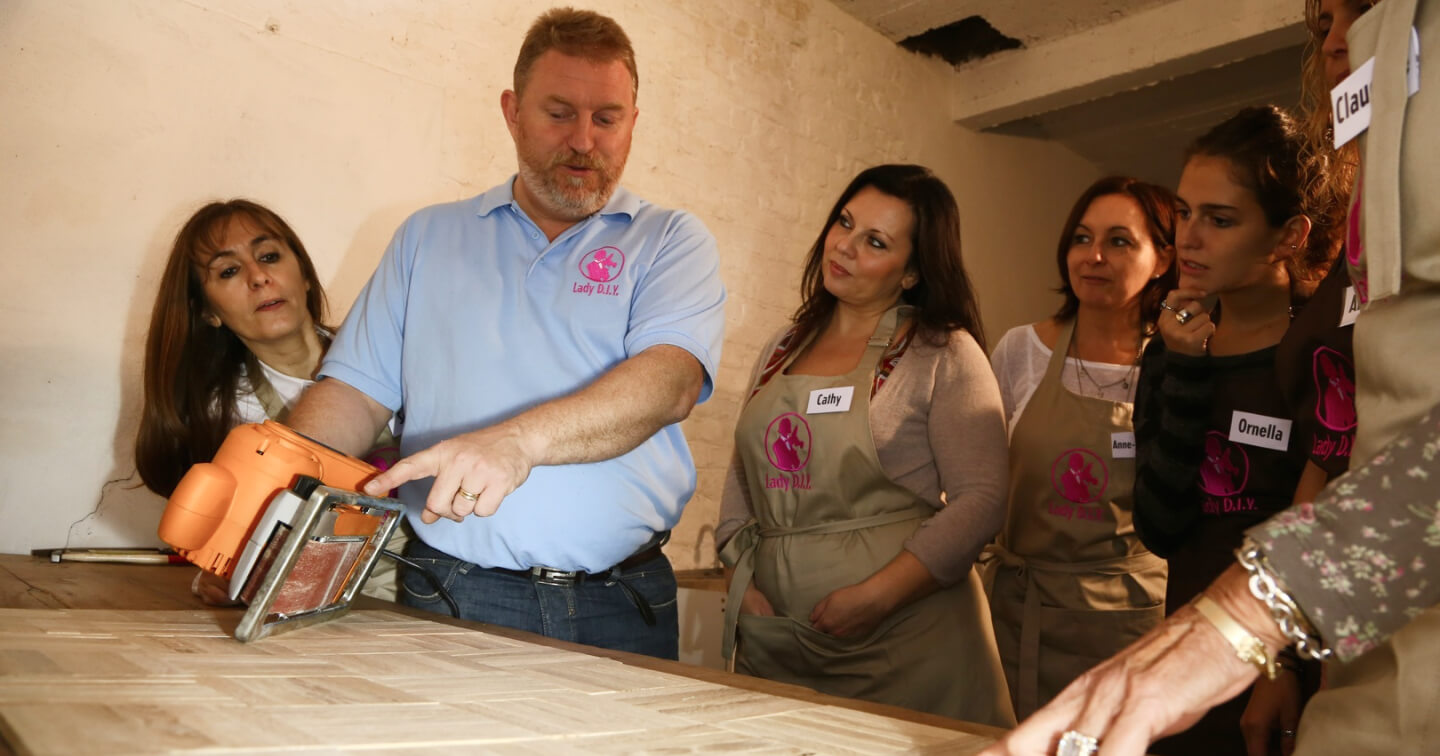The Importance of Risk Assessments in the Coal Mining Industry
Risk assessments are a fundamental component of safety management in any high-risk industry, and coal mining is among the most hazardous of all. The nature of underground operations, the presence of flammable gases, heavy machinery, and unstable geological formations make coal mining uniquely susceptible to accidents and disasters. Conducting thorough and regular risk assessments is essential to identifying potential hazards, mitigating risks, and ensuring the health and safety of workers. Beyond safety, these assessments also serve legal, financial, and operational purposes, reinforcing their critical role in the coal mining sector.
Enhancing Worker Safety
The primary reason for conducting risk assessments in coal mining is to protect human life. Mining environments are unpredictable, with dangers ranging from cave-ins and equipment malfunctions to methane explosions and long-term exposure to coal dust. A risk assessment systematically identifies these hazards and evaluates the likelihood and severity of each. This enables mining companies to implement targeted safety measures such as reinforced supports, improved ventilation systems, personal protective equipment (PPE), and routine maintenance schedules. By pre-emptively addressing these issues, companies can significantly reduce accident rates and occupational illnesses.
Regulatory Compliance
Coal mining is subject to stringent national and international safety regulations. Regulatory bodies such as the Coal Mining Safety and Health Act 1999, or the Regulations, mandate regular risk assessments as part of their compliance frameworks. Failure to comply with these standards can lead to hefty fines, shutdowns, or legal consequences. Risk assessments ensure that mining operations meet these legal obligations and maintain good standing with regulatory authorities. They also help in preparing documentation required during audits or inspections.
Operational Continuity and Efficiency
Unforeseen incidents can cause significant disruptions in coal mining operations. Equipment breakdowns, structural failures, or injuries can halt production and lead to costly downtime. Risk assessments help in identifying potential points of failure before they occur, allowing for preventive maintenance and strategic planning. For instance, recognizing the risk of conveyor belt failure due to overloading can lead to load monitoring systems being installed, thus preventing an operational halt. Proactive risk management increases efficiency and reliability, ultimately improving productivity and profitability.
Cost Reduction
While implementing safety measures may incur upfront costs, risk assessments can save money in the long run. Workplace accidents often result in expensive legal fees, medical expenses, compensation claims, and equipment repairs. They can also damage a company’s reputation, affecting investor confidence and market value. By identifying and mitigating risks early, companies can avoid these financial burdens. Moreover, insurance premiums may be lower for companies with robust risk assessment procedures in place, offering another financial incentive.
Fostering a Culture of Safety
Regular risk assessments cultivate a workplace culture that prioritizes safety. When employees see that management is committed to identifying and mitigating risks, it encourages them to be more vigilant and responsible in their own roles. Workers become more aware of their surroundings, more likely to report hazards, and more inclined to follow safety protocols. This collaborative approach not only improves morale but also enhances the effectiveness of the safety measures in place.
Adapting to Change
Coal mining environments are dynamic, with evolving geological conditions, new equipment, and shifting regulatory landscapes. Risk assessments are not one-time activities; they must be updated regularly to reflect these changes. Whether a new shaft is being opened or a new type of drilling equipment is introduced, risk assessments ensure that the implications of these changes are fully understood and managed. This adaptability is crucial in maintaining a safe and efficient mining operation.
Conclusion
In the coal mining industry, risk assessments are not just a legal requirement—they are a critical tool for safeguarding lives, ensuring compliance, reducing costs, and maintaining operational efficiency. As the industry continues to evolve, so too must its approach to risk, making comprehensive and continuous risk assessments more important than ever.









Leave a Reply